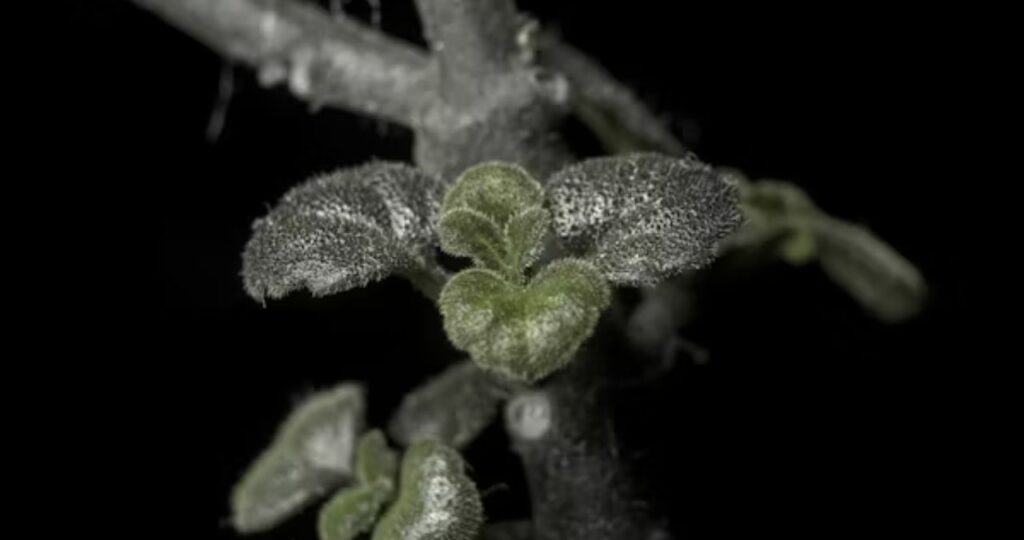In recent years, the convergence of botanical sciences, biotechnology, and health innovation has accelerated the discovery of novel compounds that hold potential for medicine, nutrition, and sustainable industries. Among these emerging discoveries is Lyposingrass, a term that is gaining traction in scientific and wellness circles. While still in the early stages of exploration, Lyposingrass has become a subject of interest due to its unique origins, its purported biological functions, and its potential role in shaping future applications across health, agriculture, and biotechnology.
This deep dive seeks to uncover the origins of Lyposingrass, examine its functional mechanisms, and evaluate its future possibilities in a rapidly evolving world that is increasingly looking to plants for sustainable solutions.
Origins of Lyposingrass
The story of Lyposingrass begins with its discovery in niche botanical research projects focused on the study of grass-like plants and their secondary metabolites. Many grasses have long been overlooked in phytochemistry, often overshadowed by better-known medicinal plants such as ginseng, turmeric, or cannabis. However, researchers working on drought-resistant and adaptive species uncovered a bioactive compound within a rare subspecies of grass that displayed unusual molecular characteristics.
The compound was given the name Lyposingrass—a portmanteau that suggests both its origin in a grass species and its association with lypos-, a prefix often connected to fats or lipid metabolism. This etymology hints at the compound’s potential relevance in regulating or interacting with lipid-based pathways in biological systems.
Traditional Parallels
Although Lyposingrass itself is a novel identification, parallels can be drawn to how ancient communities have historically used grasses for healing teas, poultices, and tonics. Just as lemongrass, barley grass, and wheatgrass gained recognition for their antioxidant and nutritional properties, Lyposingrass may be the next entry in a long tradition of underappreciated grass-derived bioactive agents.
The Function of Lyposingrass
The excitement around Lyposingrass stems largely from its multifunctional properties observed in preliminary research. While studies are ongoing, early findings suggest several areas of functional significance:
1. Metabolic Regulation
Initial laboratory analyses point to Lyposingrass as a compound capable of interacting with lipid and carbohydrate pathways, suggesting potential benefits in managing cholesterol, glucose levels, and fat metabolism. This makes it a potential candidate for addressing issues like obesity, diabetes, and cardiovascular risk.
2. Antioxidant Activity
Like many plant-derived compounds, Lyposingrass demonstrates strong antioxidant properties. Antioxidants play a critical role in protecting the body from free radicals, slowing cellular aging, and reducing inflammation.
3. Anti-Inflammatory Effects
Some studies highlight the compound’s anti-inflammatory function, possibly by modulating key signaling pathways in the immune system. This positions Lyposingrass as a potential natural aid for conditions associated with chronic inflammation.
4. Agricultural Utility
Beyond human health, Lyposingrass may also prove valuable in plant science and agriculture. Its resilience and adaptive traits suggest it could be used in breeding programs to enhance stress tolerance in crops, especially in the face of climate change.
The Science Behind Lyposingrass
The precise mechanism of action of Lyposingrass remains under investigation, but researchers have observed its interactions with:
-
Enzyme Modulation: It appears to influence enzymes tied to lipid metabolism, possibly enhancing fat breakdown and regulating cholesterol synthesis.
-
Cellular Pathways: Lyposingrass may modulate AMP-activated protein kinase (AMPK), a master regulator of energy balance, which has implications in weight management and metabolic health.
-
Synergistic Effects: When combined with other plant compounds, Lyposingrass seems to work synergistically, enhancing the bioavailability and effectiveness of nutraceutical blends.
This early evidence positions Lyposingrass at the intersection of nutraceutical science, pharmacognosy, and functional foods.
Potential Applications of Lyposingrass
The versatility of Lyposingrass means its potential applications could span multiple industries:
1. Nutraceuticals and Functional Foods
The most immediate application lies in dietary supplements, teas, or fortified foods. Consumers seeking natural solutions for metabolic health could benefit from products infused with Lyposingrass extracts.
2. Pharmaceutical Development
If clinical trials validate its efficacy, Lyposingrass could inspire the development of plant-based drugs targeting metabolic syndromes, inflammatory diseases, or even neurodegenerative conditions linked to oxidative stress.
3. Cosmetics and Skincare
Given its antioxidant profile, Lyposingrass may also find use in cosmeceuticals, where natural compounds are employed for anti-aging creams, serums, and UV-protective formulations.
4. Agricultural Biotechnology
In the longer term, Lyposingrass could be cultivated or genetically integrated into crop systems to enhance resilience against pests, drought, or soil degradation.
Challenges and Ethical Considerations
Despite its promise, Lyposingrass faces several challenges:
-
Scientific Validation: Much of the current excitement is based on preliminary research; large-scale clinical trials are needed before claims can be substantiated.
-
Sustainability: If demand surges, ensuring sustainable cultivation without ecological damage will be critical.
-
Intellectual Property: As with many botanical discoveries, there will be debates around ownership—particularly if indigenous or regional communities had knowledge of the plant’s properties.
-
Regulatory Hurdles: Global markets impose strict regulations on dietary supplements and pharmaceuticals, which Lyposingrass must overcome before commercialization.
The Future of Lyposingrass
The trajectory of Lyposingrass will depend on how well science, industry, and policy align to foster its development. Some likely scenarios include:
-
Integration into Wellness Products: Within a decade, Lyposingrass may become as recognizable as spirulina, turmeric, or ashwagandha in global health markets.
-
Cross-Disciplinary Research: Collaborations between botanists, pharmacologists, and agricultural scientists will unlock its full potential.
-
Synthetic Biology Approaches: Advances in biotechnology may allow lab-based synthesis of Lyposingrass, bypassing ecological and agricultural limitations.
-
Mainstream Acceptance: If backed by strong evidence, Lyposingrass could move from the margins of botanical curiosity to a staple in health and sustainability conversations.
Conclusion
Lyposingrass represents the frontier of botanical innovation—a reminder that even the most unassuming plants may conceal compounds of profound significance. With roots in underexplored grasses, it bridges the gap between traditional plant-based remedies and cutting-edge molecular science.







